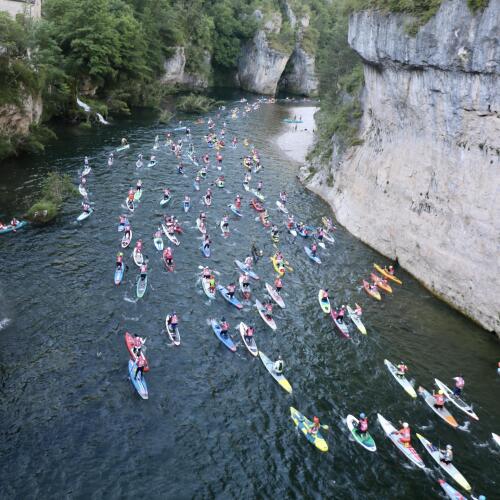"There’s the equipment that you carry with you and the equipment that you prepare for the race, which is equally as important.
Over 80 km, you’re in for 10 hours of racing. So, you’re going to need to think about hydration, snacks, and as for the equipment, we opted to go more “lightweight” and “minimalist”, so we chose a racing board, the Itiwit Race 500 in14x25.
Paired with this, I had the prototype for the 900 Pro paddle, co-developed with Olivia Piana, a hydration belt, a trail kit, extremely lightweight, because the forecast was showing a temperature of 30 °C.
During the race, we also had to wear helmets, as we were on class 2 or even class 3 rivers.
On our board, we also had a 5 L bag in which we'd packed some water, a quick repair kit in case of any punctures, duct tape, a first aid kit, sun cream and some small snacks.
A little tip to remember: Make sure you think about taking multiple fins, so that you can change them in shallow water or in the event of breakage."









